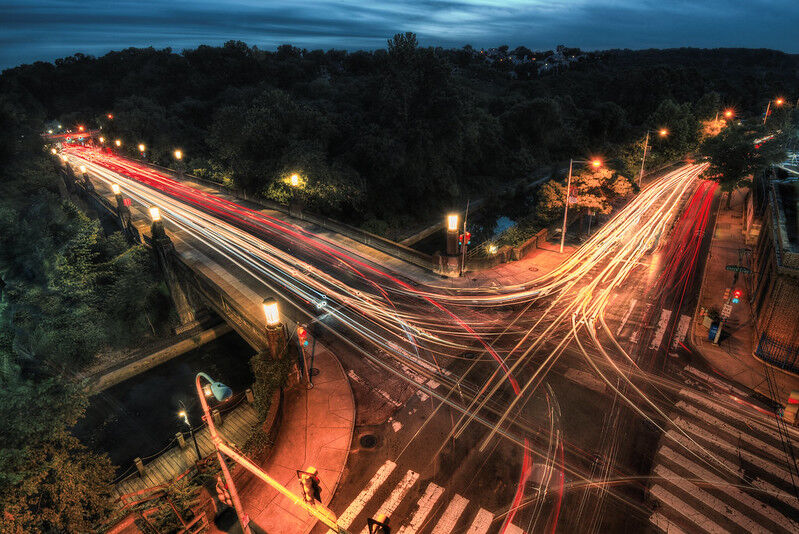Poyer: Let’s talk about intersectionality
March 7, 2021
Have you ever sat on the steps of Curtiss Hall and looked at the four sidewalks intersecting with each other? Now imagine for a second that these sidewalks are traits or identities that a person has and they are intersecting to complete that person. Depending on what these traits are, they may hinder or disadvantage the person.
Intersectionality, a term Kimberlé Crenshaw coined, explains this very well. The term refers to the discrimination one may face based on different traits or identities that they have. In a TedTalk Crenshaw gave in 2016, she said she began to use intersectionality to address that many social justice problems often overlap. The overlapping of social justice problems, hence, intersects and causes even more issues for that intersectional person or people.
Recognizing that inequalities are related is essential; separating them can diminish severity and take away value from the actual issue. In an article from UN Women, Crenshaw discusses just this, “What’s often missing is how some people are subject to all of these, and the experience is not just the sum of its parts.” Recognizing that one inequality on its own is horrible to deal with and multiple intersecting inequalities becomes a complicated, almost impossible task to tackle.
This is addressed in Crenshaw’s TedTalk (which I recommend watching, it’ll tug at your heartstrings and make you think critically). Crenshaw begins by asking the audience to stand and then lists Black men, “Eric Garner. Mike Brown. Tamir Rice.” Most of the audience remains standing. She then goes on and lists African American women who have also been killed by the police, “Michelle Cusseaux. Tanisha Anderson. Aura Rosser,” and the audience begins dropping into their seats very quickly. Here is a first-hand look at intersectionality affecting a large portion of the population. Intersectionality allows us to label the injustices that people face on a day-to-day basis and must struggle through.
Many struggle through the crossroads of intersectionality simply because of their skin color, the people they love, their abilities, the sex they were born with or even the amount of money they make. Recognizing that these struggles overlap and can make their lives even harder is something fundamental.
Not everyone was born in the same body and had the same privileges or injustices. It is time our society and systems catch up to the idea that social injustice is not just one layer, it’s many.

















